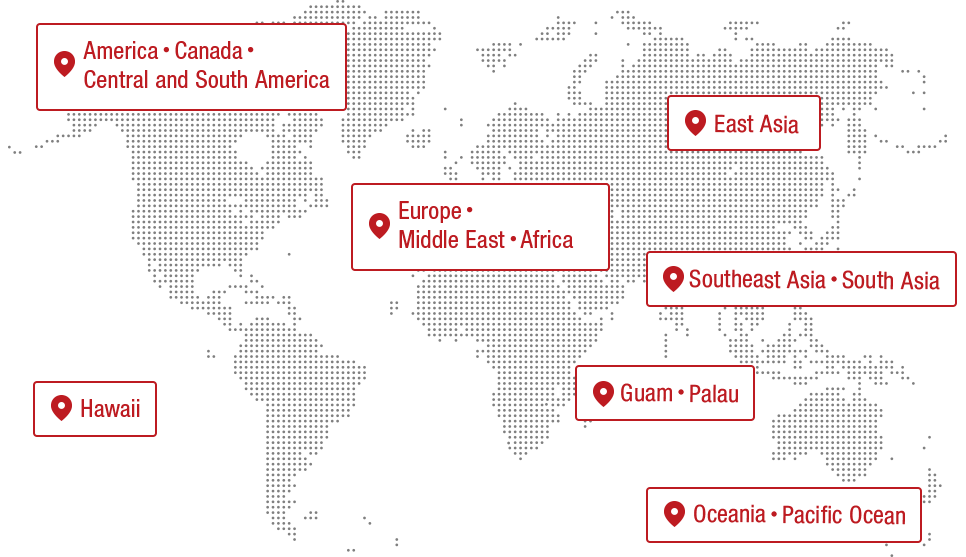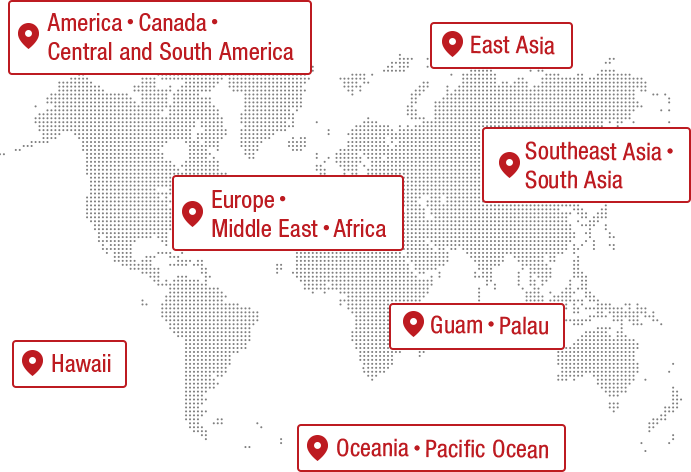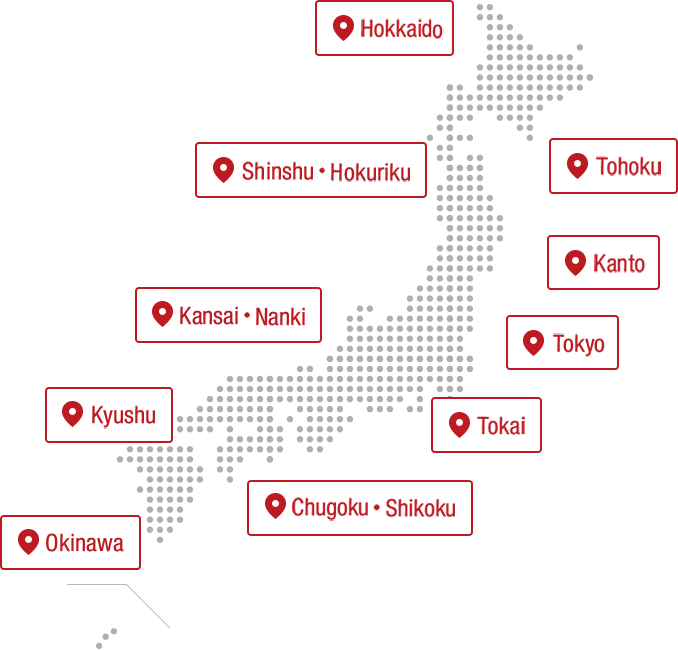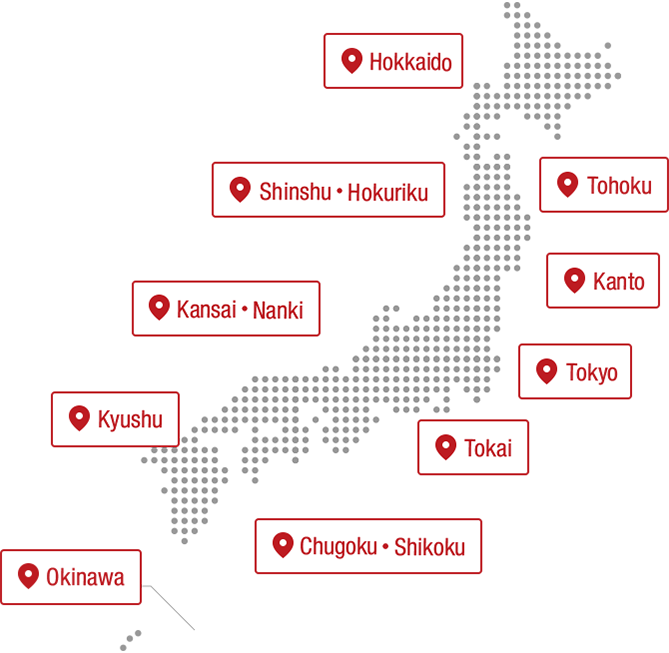Hieizan Enryakuji Temple Ganzandaishi Hall (Shiga Prefecture): The oldest fortune-telling slip in Japan. Why does it cost 1,000 yen per slip?

Hiei Enryakuji Temple Ganzandaishi Hall
First, I would like to introduce the Ganzandaishi Hall of Enryakuji Temple on Mount Hiei in Shiga Prefecture, located at the northernmost tip of Mount Hiei. This is where Ganzandaishi Ryogen, who is said to be the founder of omikuji, lived, and in front of the gate stands a stone monument inscribed with the words "Birthplace of omikuji."
The omikuji that are popular in Japan are said to have originated from a fortune-telling method created by Ryogen called "Ganzan Daishi Hyakusen." Ganzan Daishi Hyakusen involves taking one of 100 lottery tickets stored in a box with a small hole, and then predicting your fortune based on the Chinese poem that corresponds to the number you draw. It was mainly used by rulers to pray to Kannon Bodhisattva and ask for Buddhist teachings. The format of drawing numbered lottery tickets is the same as modern-day omikuji.
The origin of the word "omikuji" is "kujibiki" (drawing lots), which was used to ask the gods' will when selecting national government or successors. There are various theories as to when it changed to tell the fortunes of worshippers, such as during the Kamakura or Edo periods, but in any case, it took several hundred years for the appearance of "Gensan Daishi Hyakusen."

A stone monument bearing the inscription "Birthplace of Omikuji Fortunes"
The fortunes at Gansan Daishido are a bit unique. Because the fortunes here are made by asking Gansan Daishi directly, only monks with extensive training are allowed to draw them. Therefore, worshippers write what they want to ask on a piece of paper, have a trained monk draw it for them, and then hear the results of the fortune from the monk, as if they were receiving a sermon. It's a little pricey at 1,000 yen per time, but considering that you're receiving a 30-minute sermon, it makes sense.
It may be unusual for you to not be able to draw a fortune slip yourself, but why not try fortune telling for your luck in the new year with a traditional fortune slip?
| Hiei Enryakuji Temple Ganzandaishi Hall | ||
|---|---|---|
| Opening hours | : | 9:00-16:00 (March-November), 9:30-15:30 (December), 9:30-16:30 (January, February) |
| Closed Day | : | Open daily |
| address | : | 4220 Sakamoto Honmachi, Otsu City, Shiga Prefecture |
| web | : | http://www.hieizan.or.jp/ |
Kawasaki Daishi Heikenji Temple (Kanagawa Prefecture): Don't be discouraged. A sacred place for praying for success in exams, where the fortunes often read "bad luck"

Kawasaki Daishi Heikenji Temple
Kawasaki Daishi Heikenji Temple in Kanagawa Prefecture, one of the "Three Kanto Mountains" of the Shingon sect of Buddhism along with Naritasan Shinshoji Temple and Takaosan Yakuoin Temple, was built in 1128. The principal image enshrined as an object of worship is a statue of Kobo Daishi, the founder of Shingon Buddhism. Kobo Daishi was the first person in Japan to establish the private school "Shugeishuchiin" for the purpose of educating the common people at a time when educational institutions were for the nobility. As he is the deity enshrined at Kawasaki Daishi, it is said that it brings good luck in academics.

Fortune slips at Kawasaki Daishi. In addition to great fortune and good fortune, they are divided into fine categories such as half good fortune, minor misfortune, half misfortune, and extremely bad fortune.
Kawasaki Daishi, which is visited by 3 million people a year, is said to be the birthplace of hatsumode. During the Meiji period, a railway company campaign led to the new year's visit to a shrine, which had previously been called "ehomairi" (lucky direction visit), coming to be called "hatsumode." The fortune slips at Kawasaki Daishi have a distinctive ratio of good and bad fortune.
Kawasaki Daishi follows the example of the original source of fortune-telling slips left by Gensan Daishi, the "Gansan Daishi Omikujicho," and creates 16 of the 100 slips as Daikichi, 35 Kichi, 19 other lucky slips such as Chukichi and Shokichi, and 30 Kyou slips. In recent years, an increasing number of temples and shrines have stopped making "Kyou" slips in response to concerns that they are bad luck, but the fact that about 30% of the slips are Kyou is a relatively high figure. However, this is also the result of faithfully recreating the roots of the Omikuji.
Some people may feel uneasy thinking, "There are so many bad fortunes in fortune-telling for exam results...", but "bad fortunes" do not necessarily have a bad meaning, and are said to be words of encouragement from God telling you to "prepare for misfortune." Let's pray for academic success without worry.
| Kawasaki Daishi Heikenji Temple | ||
|---|---|---|
| Opening hours | : | 5:30-18:00 (April-September), 6:00-17:30 (October-March) |
| Closed Day | : | Open daily |
| business hours | : | 9:00-17:00 (Monday-Friday), 7:30-17:00 (Saturday and Sunday) |
| address | : | 4-48 Daishicho, Kawasaki-ku, Kawasaki City, Kanagawa Prefecture |
| web | : | http://www.kawasakidaishi.com/ |
Kasuga Taisha Shrine (Nara Prefecture): Adorable "deer fortunes" made with traditional techniques
Kasuga Taisha Shrine

Kasuga Taisha Shrine
Kasuga Taisha Shrine, a World Heritage Site in Nara Prefecture, has a history of over 1,200 years since it was built in 768. Nara Park, where the main shrine is located, is famous for being home to over 1,000 wild deer, but what is less known is that Kasuga Taisha Shrine and the deer have an even deeper connection than that.
At Kasuga Taisha Shrine, deer are worshipped as messengers of the gods. This is due to the legend that Takemikazuchi, the god of swords and thunder, who is enshrined in the first hall of the shrine, rode on a white deer to Nara in search of a permanent home. The fortune-telling slips at Kasuga Taisha Shrine are, of course, deer-themed "shika mikuji." The distinctive feature is the cute deer carvings carved using Nara's traditional craft of ittobori.

The ceramic "Shiraka fortune slips" are also popular
Ittobori is a traditional Nara craft used to make dolls for the Doll Festival, May Festival, and Noh, and is a type of woodwork characterized by bold carvings and vividly colored paintings. Ittobori is said to have started with the making of dolls for the Shinto ritual and Dengaku at the Kasuga Taisha Shrine festival, "Kasuga Wakamiya On Matsuri," and its history, like that of shrines, dates back to the Heian period. Dolls dedicated to the gods were considered to be of the utmost purity, so they were made with a single knife to minimize human intervention. The simple texture of the roughly carved dolls has its roots in the culture of these shrines.
The adorable deer fortune slips made with traditional craftsmanship are sure to make a great souvenir. Kasuga Taisha Shrine attracts the most visitors in Nara Prefecture every year for New Year's visits, so we highly recommend you visit.
| Kasuga Taisha Shrine | ||
|---|---|---|
| Opening hours | : | 6:00-18:00 (April-September), 6:30-17:00 (October-March) |
| Closed Day | : | Open daily |
| address | : | 160 Kasugano-cho, Nara City, Nara Prefecture |
| web | : | http://www.kasugataisha.or.jp/ |
Kumano Nachi Taisha Shrine (Wakayama Prefecture): Giant fortune slips inspired by Japan's largest waterfall

Kumano Nachi Taisha Shrine
Kumano Nachi Taisha is one of the three great shrines of Kumano, along with Kumano Hongu Taisha and Kumano Hayatama Taisha. It is also known as one of the World Heritage sites of the "Sacred Sites and Pilgrimage Routes in the Kii Mountain Range," and is a must-visit shrine when visiting the Nanki region in southern Wakayama Prefecture. Kumano Nachi Taisha is famous for its giant fortune-telling slips, measuring 133 cm in length.

A giant fortune slip measuring 133cm in length
This size is a reference to the 133-meter total length of Nachi Falls, which has long been revered as the shrine's sacred object, and is currently said to be the second largest fortune-telling slip tube in Japan. (The largest in Japan is the 200cm fortune-telling slip at Takao Hikawa Shrine in Kitamoto City, Saitama Prefecture, which was created in 2016.)

Nachi Falls
The sacred waterfall, Nachi Falls, is one of Japan's three most famous waterfalls, and boasts the highest drop in Japan, with a drop of 133m and a basin 10m deep. The beautiful harmony between the three-story pagoda of the adjacent Seiganto-ji Temple and the Nachi Falls flowing in the background is a popular scenic spot for tourists visiting Kumano. It is also lit up on New Year's Eve, so be sure to check it out when you visit for the first shrine visit of the year.
| Kumano Nachi Taisha Shrine | ||
|---|---|---|
| Opening hours | : | 8:00〜16:00 |
| Closed Day | : | Open daily |
| address | : | Nachisan 1, Nachikatsuura-cho, Higashimuro-gun, Wakayama Prefecture |
| web | : | http://kumanonachitaisha.or.jp/ |
■ Articles related to temples and shrines
The contents published are accurate at the time of publication and are subject to change.













